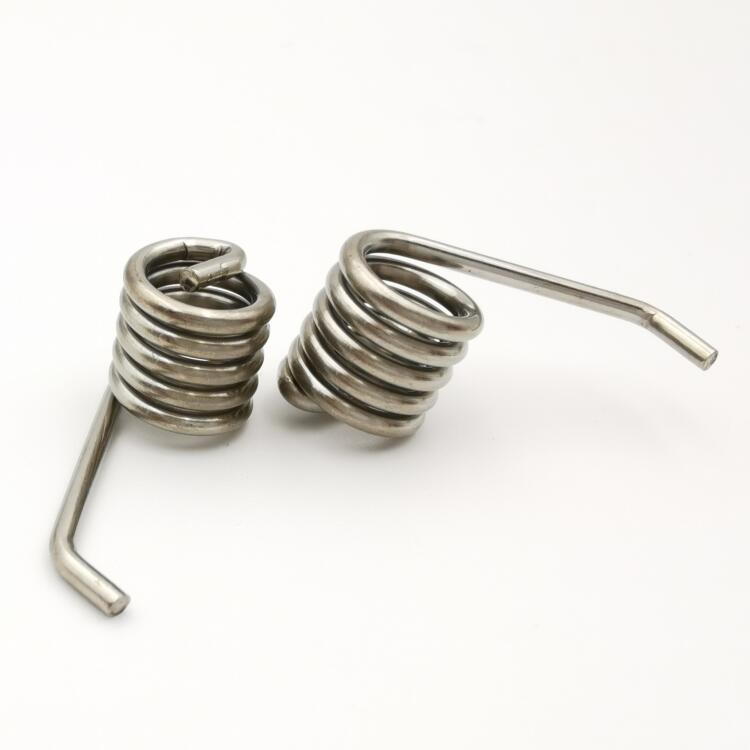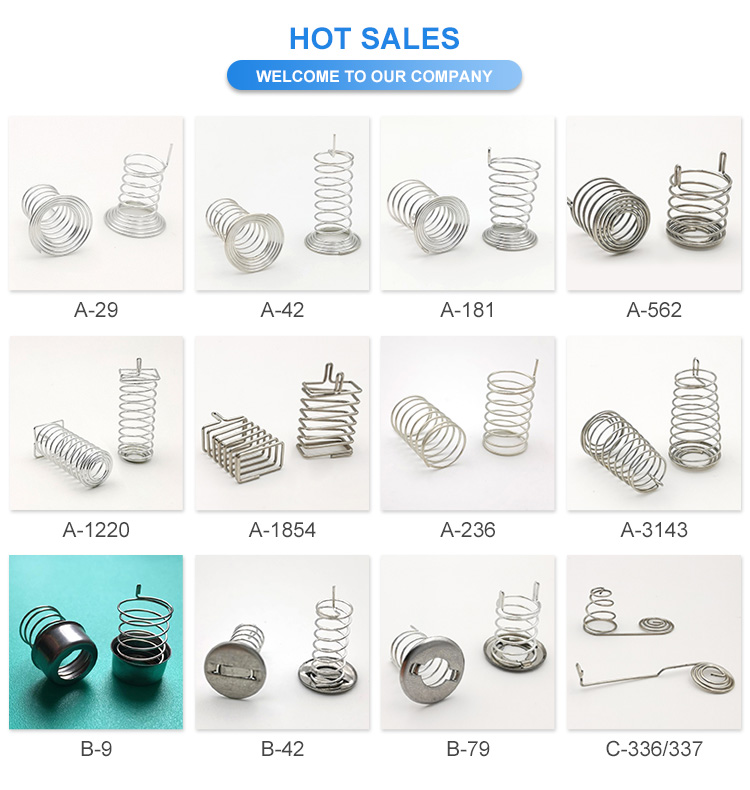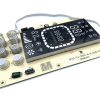
Torsion Spring Kits: A Comprehensive Guide
Torsion springs are ubiquitous components in various mechanical systems, serving the crucial function of storing and releasing rotational energy. They are integral to the smooth operation of garage doors, industrial machinery, and countless other applications. Torsion spring kits provide a convenient solution for replacing or installing torsion springs, offering a comprehensive set of components tailored to specific needs.
Components of a Torsion Spring Kit
Torsion Springs:At the heart of every torsion spring kit are the springs themselves, meticulously engineered to withstand the rigors of repeated cycles while maintaining optimal performance.
Mounting Hardware: These include brackets, bearings, and other essential fixtures required to attach the torsion springs to the supporting structure securely.
Safety Cables: Vital for preventing potential injury or property damage in the event of spring failure, safety cables provide an additional layer of security by containing spring fragments.
Winding Bars: Essential tools for adjusting the tension of torsion springs during installation or maintenance, winding bars ensure precise control and minimize the risk of accidents.
Instruction Manual: A comprehensive guide outlining the step-by-step process of installing or replacing torsion springs, complete with safety precautions and troubleshooting tips.
Factors to Consider When Choosing a Torsion Spring Kit
Selecting the right torsion spring kit requires careful consideration of several key factors to ensure optimal performance and safety.
Door Weight and Size: The size and weight of the door being operated dictate the type and specifications of torsion springs needed to support its movement effectively.
Material and Durability: High-quality materials such as tempered steel or corrosion-resistant alloys contribute to the longevity and reliability of torsion springs, especially in demanding environments.
Spring Design and Configuration: Different spring designs, including helical or double-torsion configurations, offer varying levels of torque and flexibility to suit specific applications.
Safety Features: Look for kits that incorporate safety features such as containment systems or tamper-resistant hardware to minimize the risk of accidents or injury.
Manufacturer Reputation and Warranty: Opt for torsion spring kits from reputable manufacturers known for their quality craftsmanship and reliable customer support, backed by comprehensive warranty coverage for added peace of mind.
Installation Process of a Torsion Spring Kit
Installing a torsion spring kit requires careful planning, attention to detail, and adherence to safety protocols to ensure a smooth and trouble-free operation.
Preparation and Safety Measures: Before starting the installation process, gather all necessary tools and equipment, and ensure proper safety gear, including gloves and eye protection, is worn at all times.
Removing Old Springs (if applicable): If replacing existing torsion springs, carefully release tension and remove them according to manufacturer guidelines, taking care to avoid damage or injury.
Installing New Springs: Follow the provided instructions meticulously, ensuring proper orientation and alignment of the torsion springs with the mounting hardware.
Adjusting Spring Tension: Using the designated winding bars, gradually adjust the tension of the torsion springs to achieve the desired balance and operation of the door.
Testing and Final Checks: Once installation is complete, carefully test the door's functionality, checking for smooth operation and any signs of abnormal behavior or noise.
Maintenance and Safety Tips
Regular maintenance and adherence to safety guidelines are essential for ensuring the long-term reliability and safety of torsion spring kits.
Regular Inspection and Lubrication: Periodically inspect torsion springs for signs of wear, corrosion, or damage, and lubricate moving parts as recommended by the manufacturer to maintain smooth operation.
Signs of Wear and Tear: Be vigilant for warning signs such as excessive noise, uneven movement, or visible damage, indicating the need for immediate inspection or replacement of torsion springs.
Safety Precautions During Operation: Educate users on proper operating procedures and safety precautions, including keeping fingers and loose clothing away from moving parts, to minimize the risk of accidents.
Professional Maintenance Services: Consider scheduling regular maintenance checks by qualified technicians to detect and address potential issues before they escalate into costly repairs or accidents.
Common Mistakes to Avoid: Avoid common pitfalls such as attempting DIY repairs or adjustments without proper knowledge or training, which can result in damage to property or personal injury.
Conclusion
Torsion spring kits play a crucial role in maintaining the smooth and reliable operation of various mechanical systems, from garage doors to industrial machinery. By understanding the components, factors to consider, installation process, and maintenance tips outlined in this guide, users can ensure the safe and efficient performance of their torsion spring kits for years to come. Remember, when it comes to torsion springs, prioritizing safety and quality is paramount.







